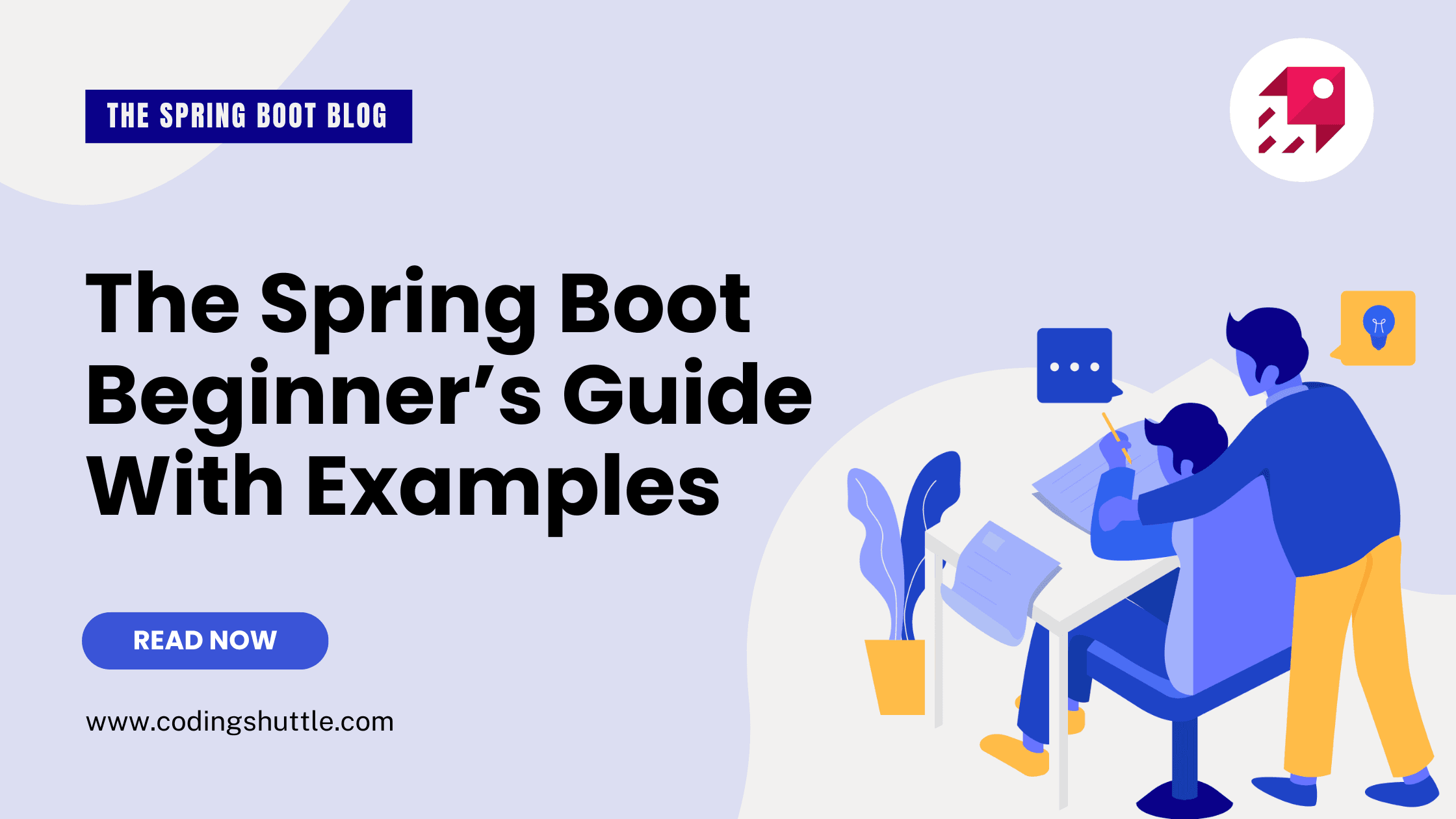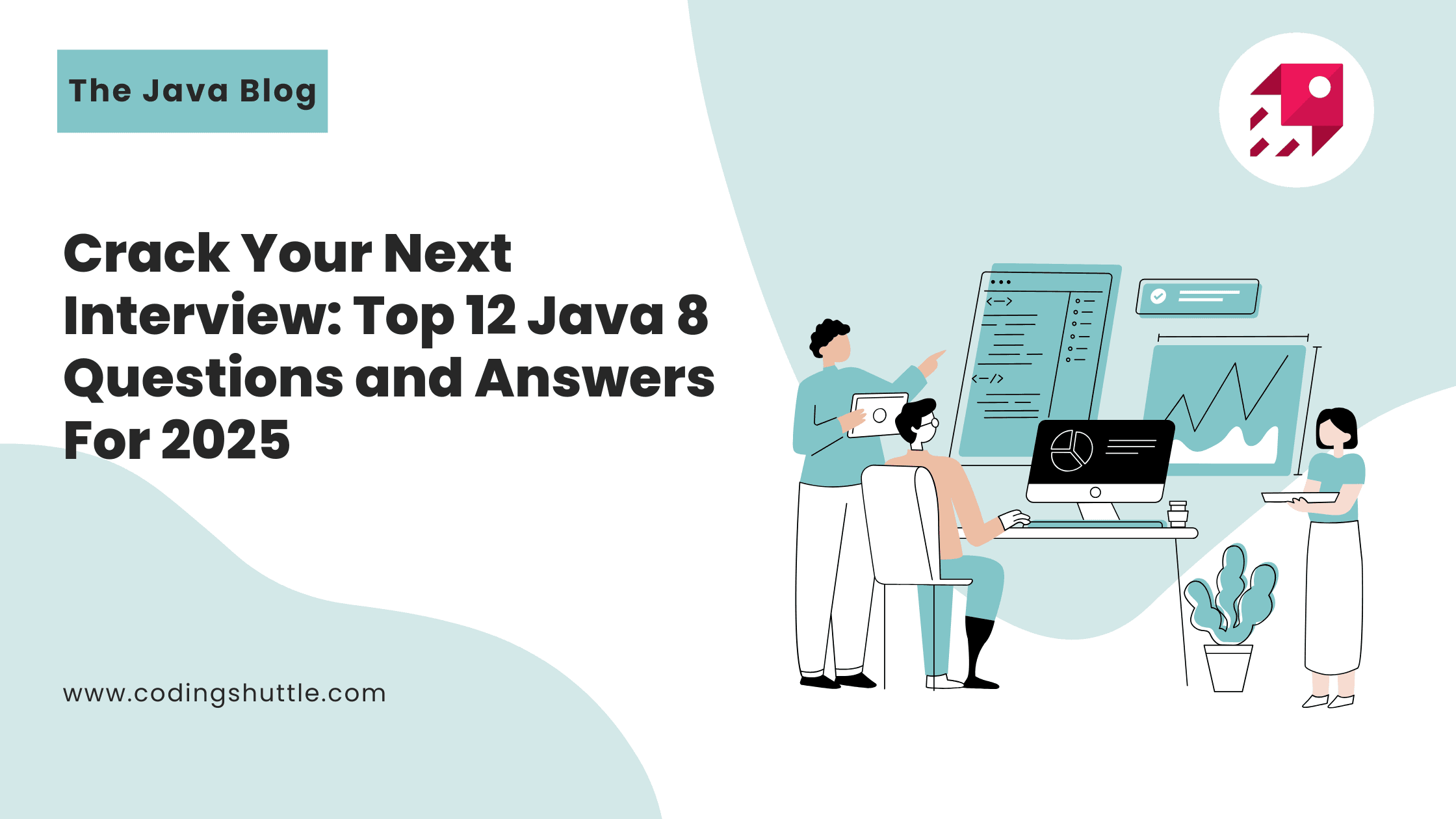
Spring Boot Beginner’s Guide: Build Java Applications Fast with Auto-Configuration
Learn what Spring Boot is, how it works, and why developers love it. This beginner-friendly guide covers Spring Boot’s key features, benefits, auto-configuration magic, and a step-by-step setup to build your first Java backend application.
Shreya Adak
December 11, 2024
5 min read
Spring Boot is a powerful framework for building Java-based applications. It is highly used for the rapid development of Java-based applications. With the help of Spring Boot, developers can focus more on building the application's business logic than wasting a lot of time in setting up and configuring the application.
In this guide, I will explain what Spring Boot is, why developers love it, and how you can get started with it, even if you are completely new. So let’s jump in.
What Is Spring Boot?#
Spring Boot is a popular Java framework that makes it super easy to create backend applications. It’s built on top of the Spring Framework but removes a lot of the pain of manual setup.
With Spring Boot, you don’t need to spend hours configuring XML files or setting up complicated dependencies. Instead, it comes with pre-configured templates (called starters) and sensible defaults, so you can focus on writing actual business logic.
When I first started with Spring Boot, I was genuinely impressed by its auto-configuration feature. It felt like magic just by adding the right dependencies, Spring Boot would automatically configure the necessary components for me. I didn’t have to waste time writing long XML configurations or doing repetitive setup work. I could just focus on building my application.
Why Use Spring Boot?#
1. Faster Development#
Setting up a project with Spring Boot is ridiculously quick, especially using Spring Initializr. You just choose your dependencies, download the project, and you’re ready to code. No endless setup steps, no complicated environment preparation, it’s like skipping straight to the fun part.
2. No XML Hell#
Gone are the days of writing huge XML configuration files just to get your app running. Spring Boot replaces most of that with simple annotations and smart defaults. It feels refreshing to focus on what your app should do, rather than how to wire everything together.
3. Production-Ready#
Even without touching a single extra library, Spring Boot gives you tools like Actuator for monitoring, gathering metrics, checking health endpoints, and more. It’s like having a built-in dashboard for your application’s well-being something that’s usually a pain to set up manually.
4. Embedded Servers#
You don’t have to separately install or configure Tomcat, Jetty, or Undertow. Spring Boot embeds them right into your application, meaning you can run your backend with a simple java -jar command. It’s one of those things you don’t appreciate until you realize how much setup time it saves.
5. Huge Community#
With millions of developers using Spring Boot, you’re never really coding alone. If you get stuck, there’s a high chance someone has already faced and solved the exact same problem, whether it’s on Stack Overflow, GitHub, or official docs. This makes learning and troubleshooting a whole lot easier.
How Spring Boot Works#
One of the coolest things about Spring Boot is its auto-configuration magic. It’s like having a super-smart assistant that looks at the dependencies in your project and then quietly sets up all the necessary configurations for you — without you having to lift a finger.
For example, let’s say you add spring-boot-starter-web to your project. Spring Boot immediately understands, “Ah, this person is building a web application.” And just like that, it configures an embedded web server (like Tomcat), sets up request mapping, JSON handling, and a bunch of other web-related stuff in the background.
The best part? You don’t have to manually write endless boilerplate or mess around with XML files. Spring Boot does the heavy lifting so you can just start coding your controllers, services, and actual business logic.
When I first experienced this, it honestly felt like magic I remember running my app for the first time and thinking, “Wait… that’s it? No setup headaches?”
Getting Started with Spring Boot#
Starting a Spring Boot project is actually very simple. You just need to:
- Open your browser and visit https://start.spring.io.
- Select
MavenorGradledepending on your preference. I usually go with Maven. - Select
Java(most common), but Kotlin and Groovy are also available. - I recommend going with the latest stable version unless your project needs a specific version.
- Add Project Metadata
- Click “Add Dependencies” and search for what you need.
- Click "Generate”, This will download a ZIP file containing your Spring Boot project.
- Unzip the project and import in your IDE
That’s it, there is no complex setup, no manual server installation.
Example: A Simple Spring Boot Application#
Here’s a small example that prints “Hello World” in the browser:
Run this, open your browser at http://localhost:8080, and you’ll see your message.
Conclusion#
Spring Boot is one of those tools that makes backend development less frustrating and more fun. You can go from zero to a running application in just a few minutes. If you are a beginner, I recommend building a small project maybe a simple REST API and experimenting with different dependencies. This hands-on approach will help you understand Spring Boot much better.
Want to Master Spring Boot and Land Your Dream Job?
Struggling with coding interviews? Learn Data Structures & Algorithms (DSA) with our expert-led course. Build strong problem-solving skills, write optimized code, and crack top tech interviews with ease
Learn more

